This season Armada launches its entry into the alpine-slash-freeride boot market with the AR line-up of two boots, a tech-compatible 130-flex and its slew of step-down-brothers 120-, 110- (reviewed here), 100- and 90-flex. Many of our test team who work as bootfitters and retailers had already been selling the early-released Armada boots this past season but most of them hadn't gotten the chance to ski in them yet, and so the anticipation level was high going into this year's boot test.
First, testers were very impressed with the similarities in performance of the AR ONE 110 when compared to the tougher 130-flex we also tested this year, and at a list price $225 less than the stiffer model, we considered it one of the best deals of the test and certainly felt it qualified as a legit sleeper that would impress a lot of other skiers. True, a skier gives up on the tech fittings at this performance tier--in fact, they're only available on the 130-flex and toe only--but in addition to the reduced tariff, testers say folks gain a lot more by going with less flex.
Specifically, the softer 110 plastic (130, 120 and 110 flexes all use polyurethane throughout) allowed testers to glide into the boot, past the constriction point of the cabrio instep with relative ease--at least more ease than they found in the 130-flex--and testers said that it seemed to wrap their foot and leg shaft in a clean, comfortable way.
The 110's flex feel was also favored by testers who felt it offered more of the classic cabrio/three-piece range of travel and comfy shin fit that they were hoping to find in the Armada design. While they liked the progressive flex feel and range of flexion (Armada is calling this Natty Flex) of the 110, they said it was probably a bit stronger-than-billed and performed admirably well on snow, driving a variety of different ski widths through every type of snow and terrain Mt. Bachelor had on offer.
Testers liked the pairing of the flexible 110- plastic platform with the shock-mitigating Damp Kush bootboard for softening off-piste impacts and landings sent beyond the transition. They also felt like the slightly softer cuff gave them freedom to find a fore-aft position that worked for them, regardless of their terrain or stance preferences. A bit more ankle flexion fueled some quick transitions and rapid direction changes for testers in the AR ONE 110, and that translated into its highest score of 9.25, awarded for Quickness and Steering.
Fitwise, testers say the AR fits more snugly than suggested by the medium 100mm badging. Most of the fit impressions were scored near 2.5, which is right between narrow and medium fit tension, though the tightest fit zone was over the top of the foot in the instep/midfoot where it averaged out to a 2.0, and testers' comments mirrored this as the boot's least comfortable area--at least for those with high arched, bony feet. Testers liked the fact that the 110 sports the same performance-tier Team liner as the 130 version and they dug the elasticized 50mm cam-locking power strap for closing down the fit around the shin. The heel and ankle zones were similarly locked-in for performance skiing.
The boot was rated as just a touch forward-leaning of ideal in its stock setting but there is an Atomic-style, 3-position forward lean adjustment on board. Testers liked the fact that there was an eliptical-cam-style lateral cuff adjustment for fine-tuning the edge feel--a few testers thought it was set-up a little on the under-edged, schmeary side of neutral which worked well for a loose and slashy off-piste attack but some thought it might feel stronger underfoot with a small adjustment made there.
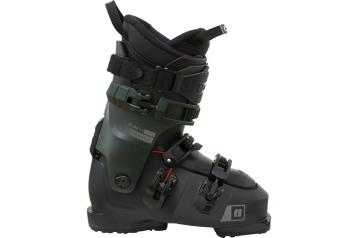
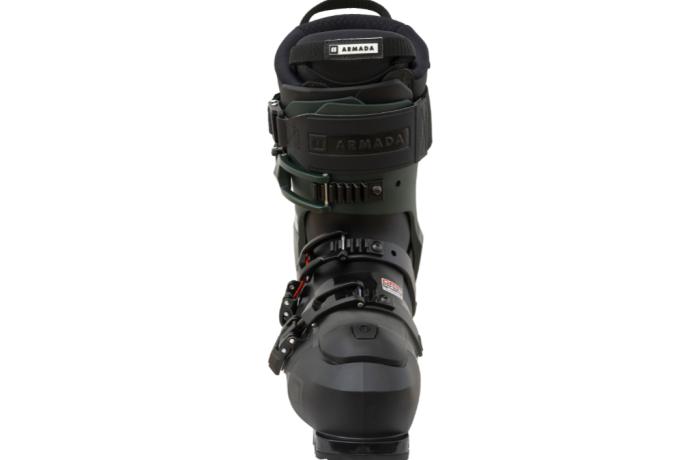
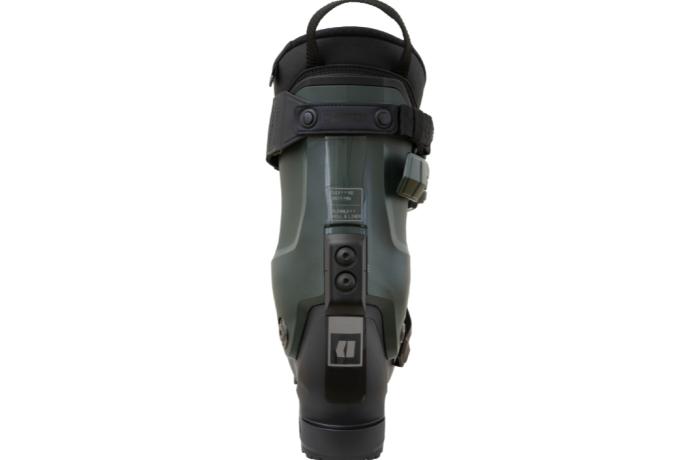
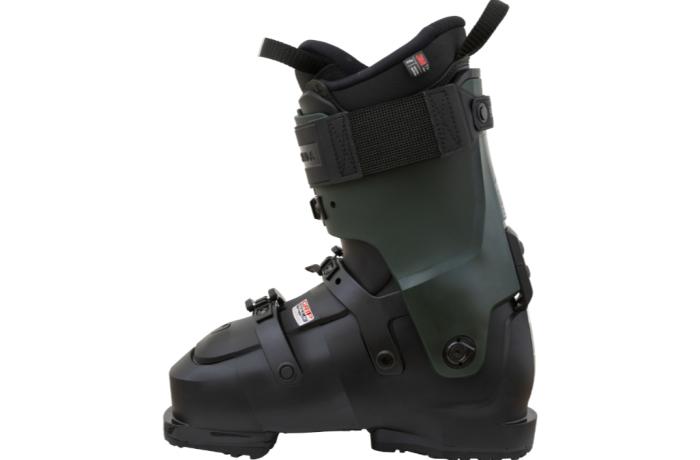
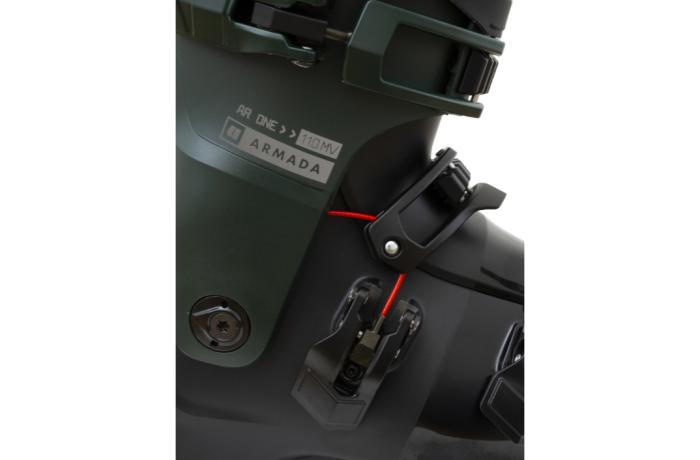
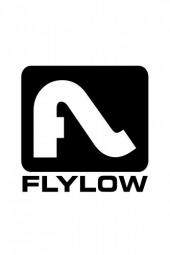



Kudos
Caveats